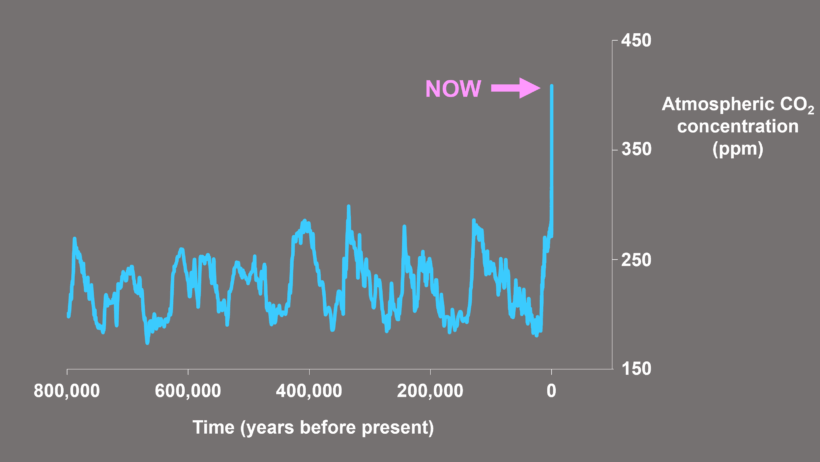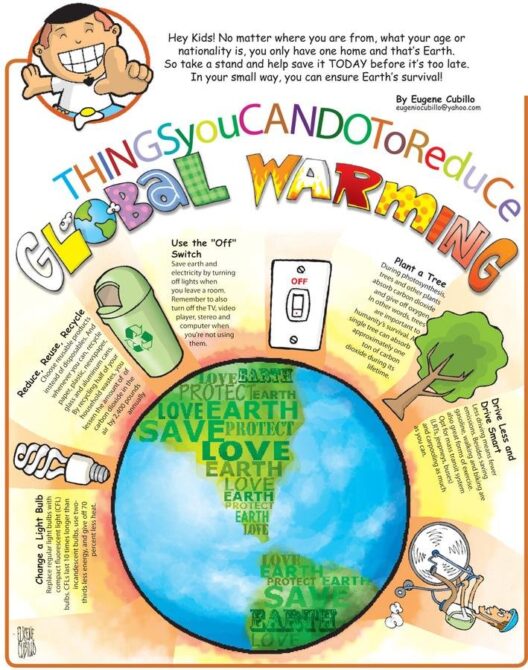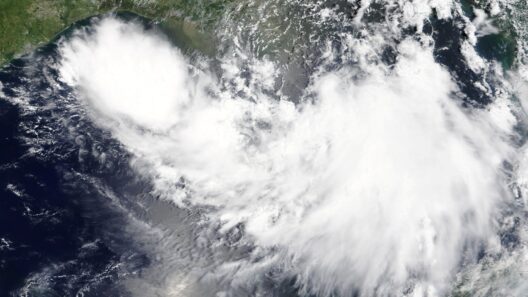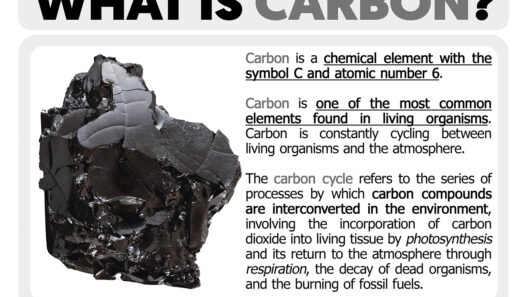Volcanic eruptions and anthropogenic activities often find themselves in a contentious debate regarding their contributions to global warming. This inquiry is akin to comparing the subtle flow of a brook to the torrential cascade of a waterfall. Both have their origins, their paths, and their impacts; yet, one can overshadow the other in implications for the environment. Understanding the dynamics of their emissions is crucial as the planet grapples with the intensifying specter of climate change.
To navigate this discourse, we must first comprehend what constitutes global warming gases. These gases, primarily carbon dioxide (CO2), methane (CH4), and nitrous oxide (N2O), are known for their heat-trapping capabilities within the Earth’s atmosphere. Human activities predominantly propel these greenhouse gases into the stratosphere through fossil fuel combustion, deforestation, and industrial processes. Conversely, volcanoes also contribute to these emissions, albeit through natural processes, albeit on a much less consistent basis.
Volcanoes are indeed impressive forces of nature, literally belching plumes of ash and gas into the sky. During a single eruption, a volcano can release immense amounts of CO2, and other greenhouse gases, compared to typical emissions on a human scale. Yet, these eruptions are sporadic events. The impact of volcanoes on global warming can be likened to sporadic rainfall in a drought. While it can contribute positively—on occasion—towards atmospheric gases, it is not a continuous source. The global average CO2 emissions from volcanoes have been estimated at approximately 0.15 to 0.26 gigatons per year, a fraction of the staggering 35 billion tons released by human activities annually.
When juxtaposed, human activities present an incessant, almost relentless barrage of emissions. The modern industrial complex, powered by fossil fuels, is the veritable engine of climate change. Thus, while volcanoes are formidable, they merely contribute to the background noise of the Earth’s natural systems. Human emissions, on the other hand, are analogous to the roar of a crowd at a football stadium, paramount and attention-grabbing against nature’s subtle symphony.
Considering the scope of human contribution to climate change entails evaluating various sectors. The energy sector is perhaps the most significant culprit, responsible for the majority of global greenhouse gas emissions. From coal-burning power plants to gasoline-driven vehicles, the reliance on fossil fuels propels an unending increase in atmospheric concentrations of CO2. The transportation sector alone is responsible for approximately 14% of greenhouse gas emissions globally. The incessant spinning of our industrial wheels creates a pollutant cocktail with long-lasting repercussions for the climate.
In contrast, while volcanic eruptions may result in temporary spikes of sulfur dioxide (SO2) which can cool the Earth’s atmosphere by reflecting sunlight, the net contribution to long-term warming is nominal compared to human emissions. The intermittent nature of volcanic eruptions means their influence can be significant in the short term but fails to provide sustained effects over time. In essence, it is not the roaring volcano that we need to fear, but the relentless engines of human consumption.
The proverbial elephant in the room remains our societal overreliance on fossil fuels and the inclination to inhabit a lifestyle that is abhorrently heavy on carbon emissions. Changing our ways is imperative; society’s engagement in conservation, renewable energy production, and sustainable practices can create alternatives to the fossil fuel dependency that has driven global warming. The shift towards electric vehicles, wind, and solar energy can mitigate some of the emissions that fuel climate change.
However, the use of carbon offsets and other measures is equally essential. Conserving natural ecosystems like forests, which act as carbon sinks by absorbing CO2, can counterbalance some industrial emissions. Preserving ocean health, reducing deforestation, and promoting afforestation are equally formidable strategies in fighting the dogged march of climate change.
Public awareness plays an indispensable role in this pursuit of environmental stewardship. Unfortunately, the general populace often misconstrues the scale of volcanic contributions versus human output. This misunderstanding can mask the need for urgent action to address anthropogenic sources of emissions. Education and advocacy must thus be prioritized. Spreading knowledge about emissions, their sources, and impacts can help illuminate the path toward a sustainable future.
Despite being a natural phenomenon, the effect of volcanic eruptions pales when juxtaposed with the expansive scope of human-induced emissions. The comparative analysis reveals a daunting truth: humans are the more formidable agents of climate change. This reality is reminiscent of seeing a small flickering flame in comparison to a raging wildfire. The latter not only threatens its immediate environment but has repercussions that can resonate globally.
In conclusion, while volcanoes certainly contribute to greenhouse gas emissions, they do so in limited capacities compared to the colossal amounts that human activities introduce into the atmosphere. Recognizing this disparity is crucial for understanding the fundamental aspects of global warming. It is ultimately human activities that are driving the unfortunate trajectory of climate change. With purposeful action, e.g., transitioning to cleaner energy sources, advocating for policy changes, or protecting natural ecosystems, society can steer away from the precipice and mitigate the ravages of climate change.








